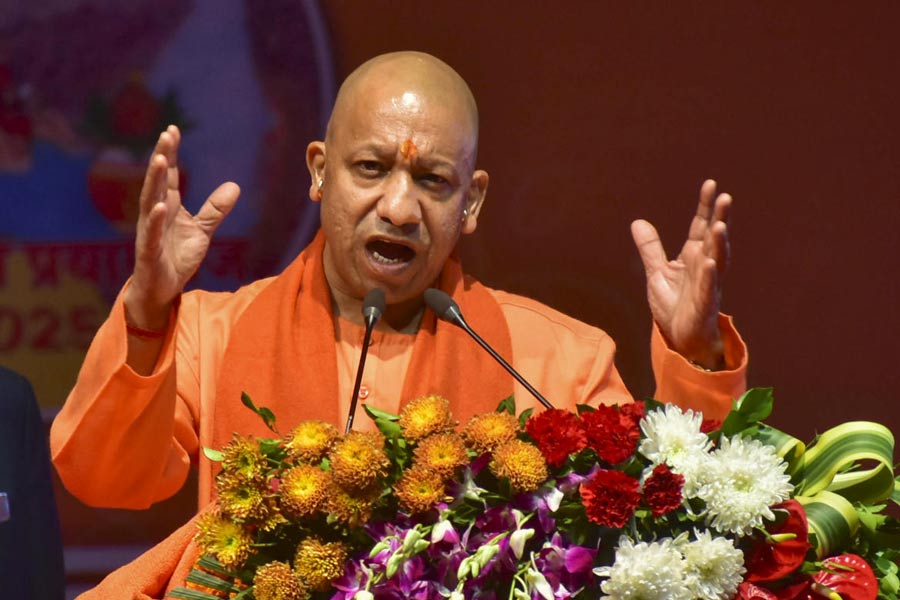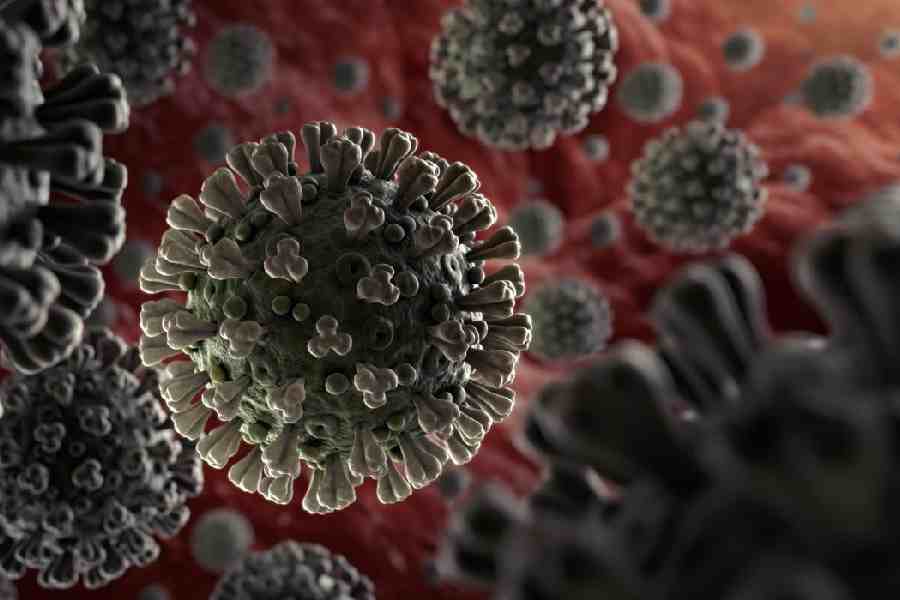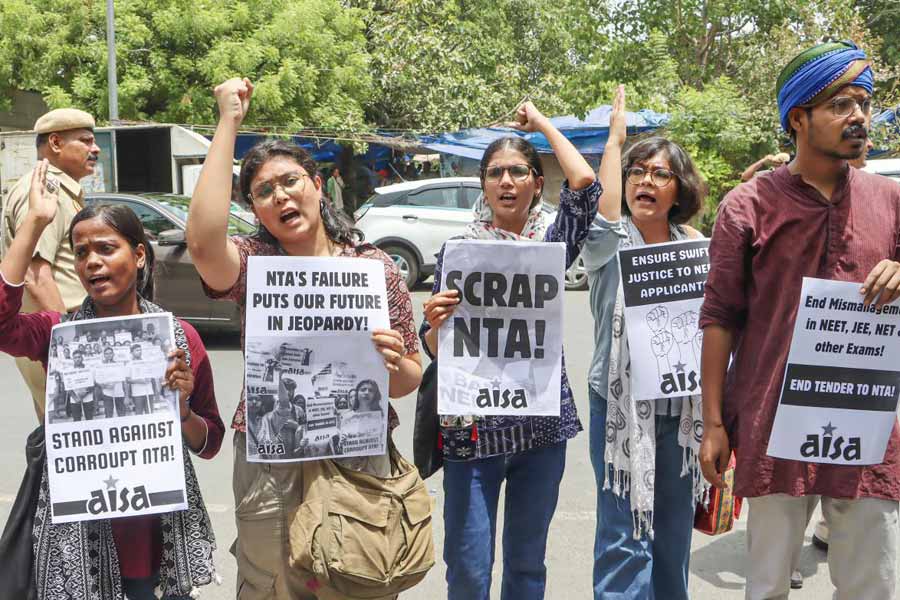The Bengal unit of the BJP has recently sent a report to the central leaders in Delhi expressing optimism about a turnaround in the party’s electoral fortunes in the state in the 2026 Assembly elections but a section in the saffron camp are not convinced about the rosy projection.
The central theme in the report revolves around an assessment that the party’s core Hindu vote bank, which began showing signs of consolidation from the panchayat elections in 2018, has remained intact despite the decline in the party’s tally from 18 in 2019 to 12 in the elections held this summer.
Belying the BJP’s expectations of a Trinamool rout in the Lok Sabha polls, the ruling party bagged 29 seats and cornered 45.76 per cent of the vote share. The BJP’s vote share stood at 38.73 per cent.
“The overall seats tally does not reflect the fight that we put up in Bengal... We secured leads in 90 Assembly segments in this Lok Sabha election, which means we are not far away from the halfway mark (147 seats) to wrest control of the state in 2026. There is no reason to think that Bengal is a lost case,” said a senior BJP leader.
The BJP’s poll strategists think that the party has a fair chance in the elections in 2026 as it bagged over 40 per cent votes in 150-odd Assembly
segments out of 294 in the state, and between 35 per cent and 40 per cent in 60 constituencies in the recently held Lok Sabha polls.
“The report underscores that we are a force to reckon with in 210-odd seats... It’s just a matter of increasing our vote share by a few percentage points so that our tally goes up,” said a source.
As part of a plan to
increase vote share, the party is in the process of drawing
up a detailed strategy — centred around its core theme of Hindutva — that would be rolled out following a green signal from Delhi.
“The Hindu polarisation in favour of the party was evident in the result and that’s the main takeaway of the report to Delhi,” the leader added.
The response of the party’s central leadership to the projection, however, could not be obtained, said multiple sources. “Our central leaders were busy in government formation and handling the developments in the first session of the Parliament... So, the report could not be discussed in detail. We hope to get the feedback from Delhi in a week or two,” said a source, while adding that the report was “fool-proof” and the projection for 2026 was based on “objective assessment” of ground reality.
This optimism, however, is not shared by the entire saffron camp in the state.
“There is nothing new in the report... We became a force to reckon with back in 2019 when we got around 40 per cent vote,” said a source. “Bridging a gap with the TMC (which got over 43 per cent votes in 2019) in terms of vote share in a state like Bengal with around 30 per cent minority voters is easier said than done... That has been the lesson from past elections, which got a reaffirmation this time.”
The other lesson, he stressed, was the general trend of the TMC cornering higher vote share in the Assembly polls. In the 2021 Assembly elections, the vote share of the TMC rose by about four per cent while the BJP’s share came down by about two per cent in comparison to the 2019 Lok Sabha polls.
“When it’s a matter of electing a government to run the state, the TMC clearly has an edge over us,” said the source.
Off-the-record conversations with several BJP leaders revealed two major factors that derailed the party’s plan of taking its vote share to around 44 to 45 per cent.
First, the party still remains weak in terms of its organisational capabilities. Second, the political approach of the party does not find resonance with people of Bengal.











